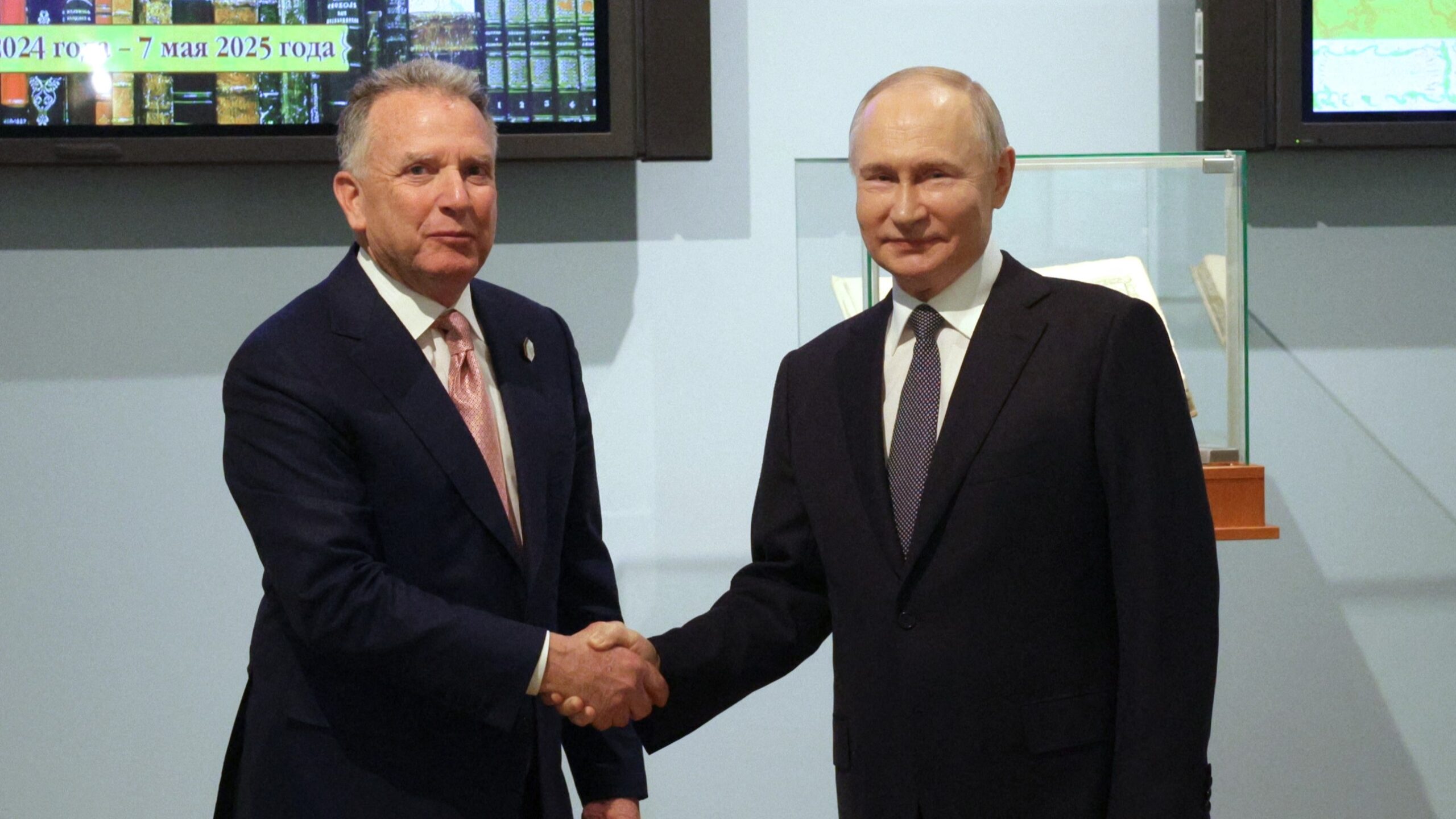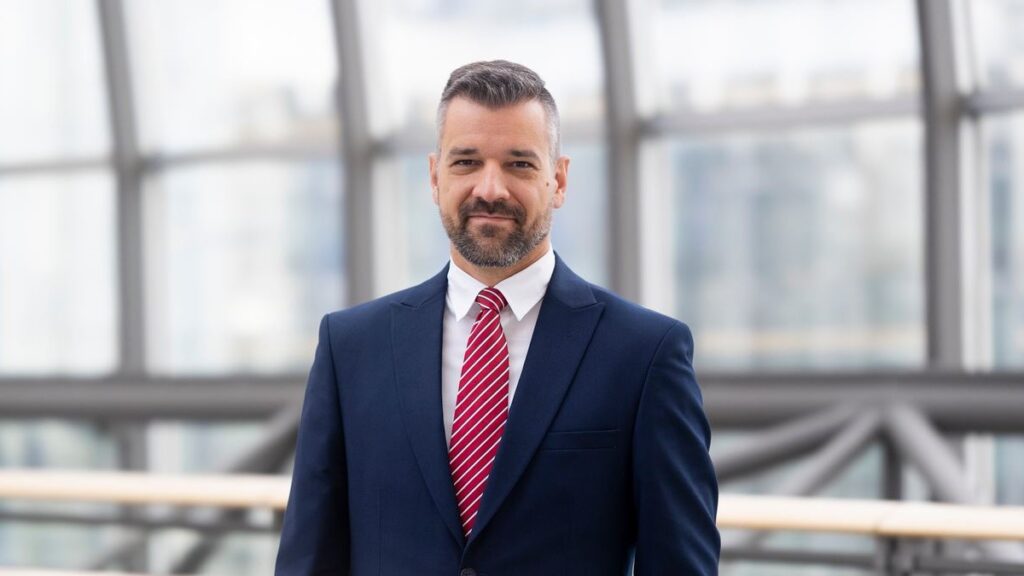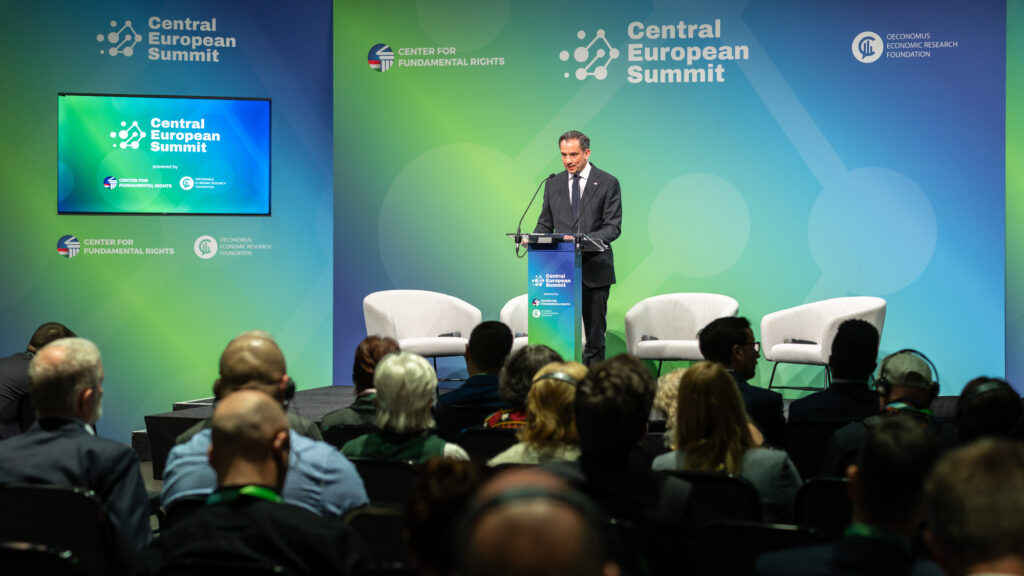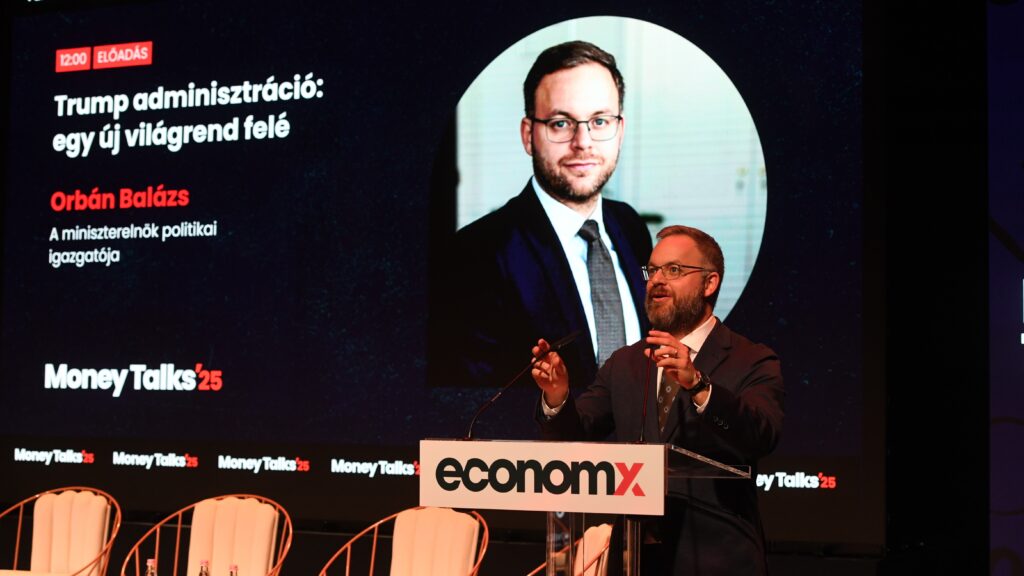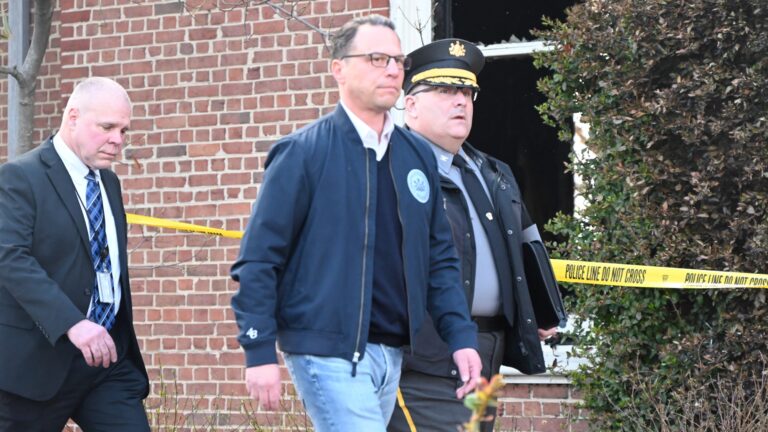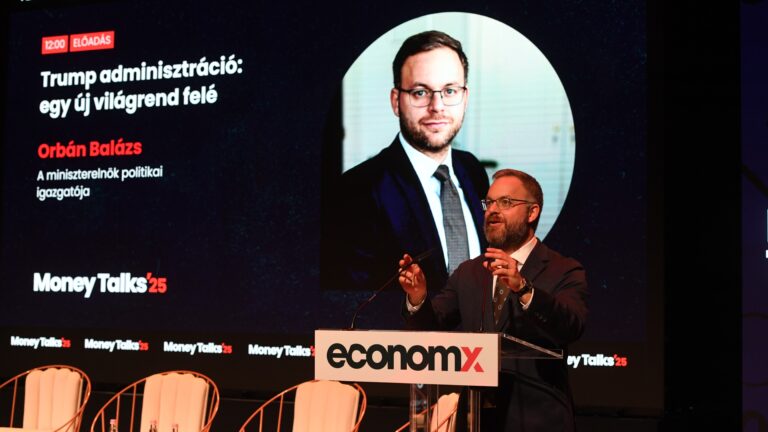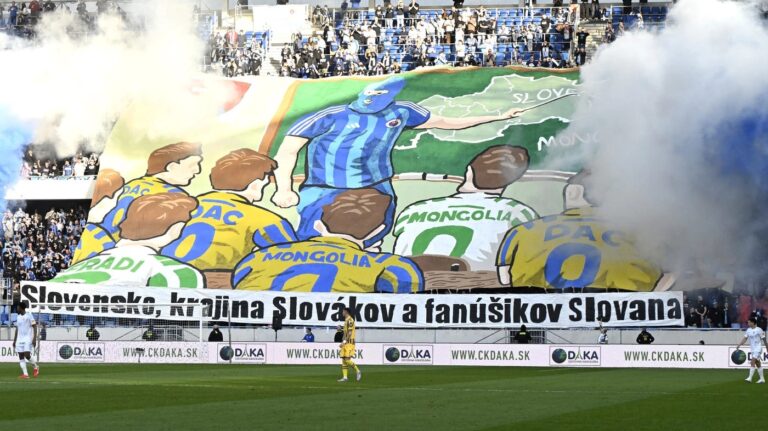On Friday Steve Witkoff travelled to St Petersburg to hold talks with Russian President Vladimir Putin. Friday’s meeting was the third time this year that President Donald Trump’s special envoy met with the Russian President. The meeting, which lasted for more than four hours, focused on ‘aspects of a Ukrainian settlement’. Witkoff’s visit came after President Trump warned the Kremlin on social media that it ‘has to get moving’ on a ceasefire. The warning came because—despite the effort Washington put into negotiating a peace settlement—Russia seems uninterested in closing the war in Ukraine.
Highlighting both the US administration’s commitment to bringing peace to Eastern Europe as well as its tools to pressure Russia, White House spokeswoman Karoline Leavitt said: ‘We believe we have leverage in negotiating a peace deal, and we’re going to use that leverage, and the president is determined to see this through.’ Despite the warning from the White House Kremlin spokesman Dmitry Peskov played down the importance of the Witkoff–Putin meeting, saying that no one should ‘expect breakthroughs’.
‘We believe we have leverage in negotiating a peace deal, and we’re going to use that leverage’
While already several rounds of negotiations took place between Washington, Kyiv and Moscow, no agreement has yet been reached on a ceasefire. With the Trump administration’s frustration growing with Moscow, Zelenskyy also accused the Kremlin of prolonging the war. Since the meetings in Saudi Arabia in February Washington has been urging to agree on a ceasefire in the Black Sea as well as ceasing attacks on energy infrastructure, but negotiations entered a stalemate when Moscow set lifting sanctions as a condition to the ceasefire. Lifting the sanction on Russia’s access to SWIFT is not possible without the cooperation and approval of the European Union.
Witkoff visited St Petersburg shortly after Keith Kellogg—the Trump administration’s Ukraine envoy—suggested that British and French troops could adopt zones of control in the west of Ukraine. The comments were widely interpreted as if the US administration agreed to a post-World War Two like partitioning of the Eastern European country. Later, however, the US administration denied that Ukraine could be partitioned, saying that Kellogg’s words were misrepresented by the media. The comments can also be interpreted as the US agreeing to Western European (but not US) troops stationed in Ukraine after a peace deal is sealed.
EU & Ukraine
While the US delegation was negotiating in St Petersburg to bring the end of the war closer, Ukraine is about to suffer a major economic hit as Brussels opted not to extend a trade deal that benefited Ukraine. Ukrainian Prime Minister Denys Shmyhal travelled to Brussels to attend the EU–Ukraine Business Summit, which aimed to boost EU–Ukrainian business relations. While the EU did announce an additional 1 billion EUR support to Kyiv, the Ukrainian delegation failed to secure the extension of the deal allowing Ukrainian cargo to enter permit-free to EU markets. Brussels granted Kyiv emergency access to the EU market soon after Ukraine’s invasion in 2022, but the deal is about to expire in June 2025. The decision resulted in the influx of Ukrainian agricultural goods to the EU and consequently prompted farmers’ protests and political opposition from several Central European countries, including Hungary. Despite Kyiv’s plea to extend the emergency measure, Brussels now confirmed that after June tariffs and quotas will apply to Ukrainian goods. Albeit Ukraine is therefore about to lose its ‘unrestricted access’ to the single market, the EU is considering preparing a new system of tariff quotas that are more favourable than reverting back to the existing free-trade agreement negotiated before the war.
‘Despite Kyiv’s plea to extend the emergency measure, Brussels now confirmed that after June tariffs and quotas will apply to Ukrainian goods’
While Kyiv is set to suffer a considerable financial loss due to the EU’s unwillingness to extend the unrestricted trade deal, Ukraine did secure some additional military funds with the UK’s help. The Ukraine Defence Contact Group, chaired by the UK and Germany, gathered at the NATO headquarters with Britain announcing that—in a joint effort with Norway—580 million USD will be dedicated to providing Ukraine with military drones, radar systems and anti-tank mines. The 580 million USD is part of a larger package—amounting to 21 billion EUR—that the Ukrainian Defence Contact Group announced on Friday. The money will go towards supplying Ukraine with artillery ammunition as well as armed vehicles. While the announced financial package is a considerable contribution to Kyiv’s war efforts, it falls short of its demands. On the meeting in Brussels Ukrainian Defence Minister Rustem Umerov asked Western allies to strengthen his country’s air defence, and supply it with Patriot missile systems—but just like the request with regards to extending the trade deal, the Ukrainian delegation was unable to secure these modern military equipment.
Meanwhile on the Frontlines
The war wages on not only on the diplomatic front but also on the frontlines as Kyiv warns that Moscow is preparing for a spring offensive to put extra pressure on Ukraine as the ceasefire negotiations commence. As part of Ukraine’s campaign to draw attention to the situation on the battlefield President Zelenskyy announced that ‘there are 155 Chinese citizens who are fighting against Ukrainians on the territory of Ukraine.’ Zelenskyy’s statement came after Kyiv claimed to have captured two Chinese soldiers fighting for Russia. Ukraine claims that the two captured Chinese soldiers have been identified as Wang Guangjun and Zhang Renbo, and they allegedly joined the Russian armed forces in exchange for Russian citizenship. Beijing, who emphasized that it is prohibited for Chinese citizens to participate in foreign armed conflicts, is currently ‘verifying’ the claims made by Kyiv.
Related articles:

